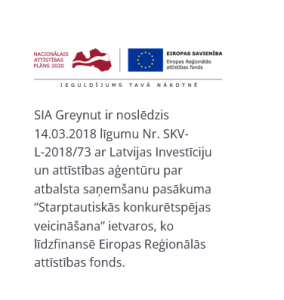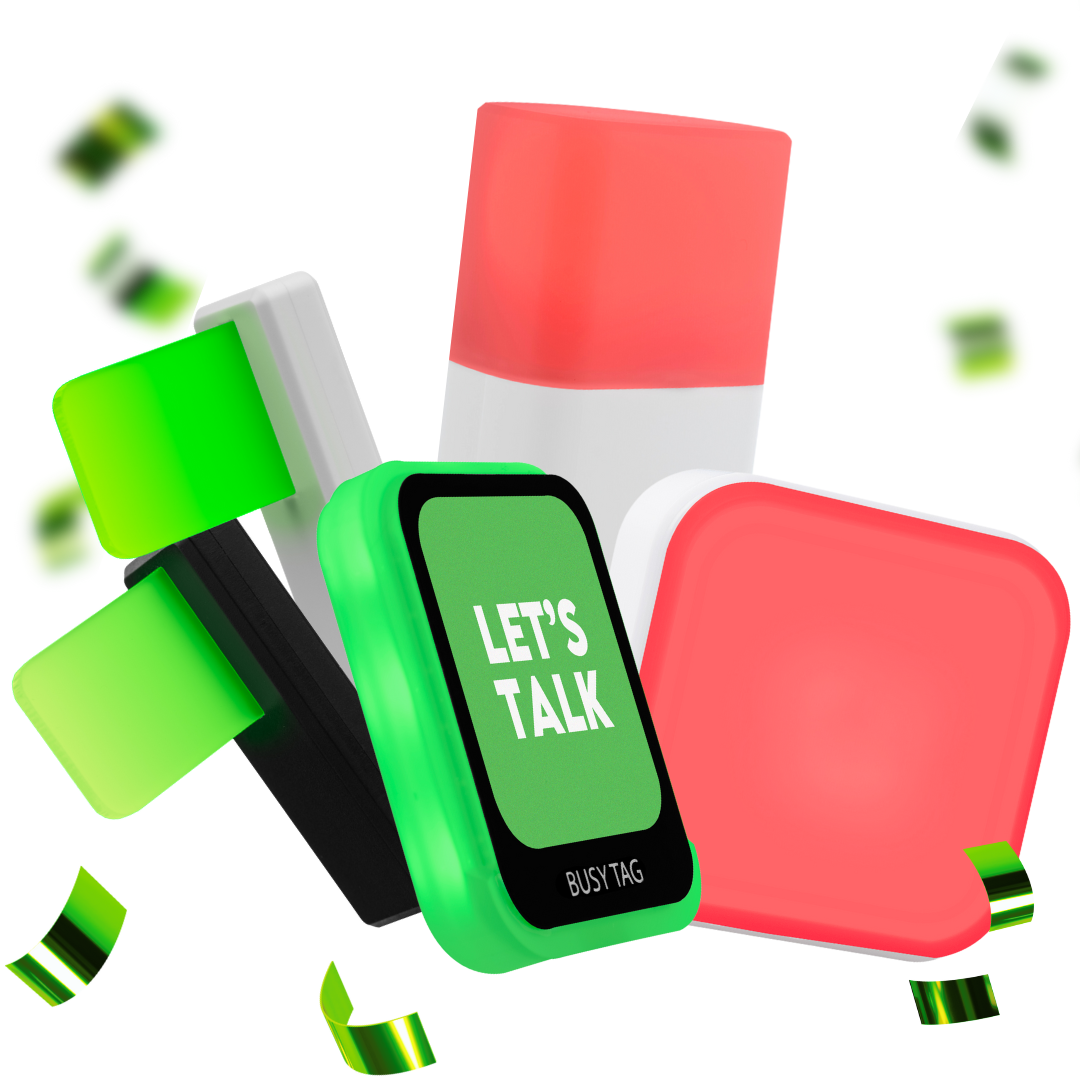Working Smarter with IoT: How Connected Devices Enhance Workplace Productivity
Ever feel like your office gadgets are five steps ahead while your workflow’s stuck in neutral? You’re not alone. Somewhere between ping fatigue, broken coffee machines, and that one meeting that could’ve been a message, productivity started slipping—not from laziness, but from overload.
Here’s the thing: working harder doesn’t mean working better. And that’s where the quiet genius of connected devices steps in. Not the kind of “genius” that demands a tech degree just to set up a smart light, but the kind that simply... works. Welcome to the real-life impact of IoT at work.
The Office Has Changed. Have We?
Let’s face it—offices don’t look like they did ten years ago. Or even three. Hybrid schedules, shared desks, fewer walls, and way more notifications. It’s a far cry from cubicle farms and whiteboard brainstorms.
But while the layout and lingo evolved, a lot of work habits didn’t. People still struggle with distraction, unclear expectations, and back-to-back-to-back calls. Meanwhile, connected devices are quietly rewriting the office script—not with fanfare, but with frictionless support.
They’re not flashy. They don’t shout. But they do one crucial thing: they help you focus.
Lights, Sensors, Action: The New Coworkers You Don’t Chat With
Let’s talk smart lighting. Ever tried powering through emails in a dim corner that feels more like a cave than a workspace? Or felt your eyelids get heavier after lunch under fluorescent lights that belong in a hospital hallway?
With IoT-enabled lighting, that struggle fades. Lights adjust to the time of day, your task load, and even the weather — creating a smarter work environment for everyone, including couriers. The result? You don’t just see better—you think sharper.
Then there’s occupancy sensors—those little ceiling-mounted things you never notice. They know which meeting rooms are actually in use (not just booked since last Tuesday), which desks are free, and how to regulate airflow depending on how many bodies are in a space. You walk into a room that’s already at the right temperature, with air that doesn’t feel like it was recycled in 2003. That’s not magic—it’s connected thinking.
And devices like Luxafor? They’re small signals that pack a punch. Whether it’s a red light to say “I’m deep in focus” or a desk display telling you where to sit, they cut down on unnecessary interruptions and wandering.
“Got a Minute?” The Five Words That Break Your Flow
We’ve all been there: you’re in the zone, finally hitting that productive stride, and someone walks by with a well-meaning “Got a minute?”
That minute? Turns into twenty. The flow? Gone.
IoT’s not rude—but it helps you say “not now” without saying a word. Presence indicators that sync with calendars or noise sensors that help teams understand when chatter crosses the productivity line—they’re subtle, but effective. It’s not about being antisocial. It’s about defending your time when it matters most.
And when people start respecting digital cues, it quietly shifts the office dynamic. Less guessing, more focus. Fewer interruptions, better outcomes.
Automate the Annoying Stuff, Keep the Interesting Bits
You weren’t hired to monitor printer paper or adjust the thermostat. But those tiny tasks? They pile up. And they chip away at the headspace you actually need for meaningful work.
Smart inventory systems know when supplies are low. Connected HVAC knows how to tweak temperature and airflow to keep energy use smart—and people comfortable. Even lighting that responds to motion means you don’t have to wave your arms around like you’re trying to flag a rescue plane just to get the lights back on.
It’s not just about convenience—it’s about cognitive overhead. The less your brain has to juggle little annoyances, the more it can do what it’s best at: solving, leading, creating.
Busy Tag: Stay focused and avoid distractions
Speed ≠ Productivity (And It Never Did)
We’re wired to think faster equals better. Faster computers, faster coffee runs, faster answers. But real productivity? It’s about right, not rapid.
IoT brings context into the mix. Real-time data from connected devices gives teams clarity. Think smart dashboards showing room use, device diagnostics, or team movement trends. You start seeing not just what’s happening—but why—and how to fix it.
And when businesses bring in IoT development services to tailor solutions to their own spaces (not just plug-and-play tech), that clarity gets sharper. It’s not about stuffing offices with gadgets. It’s about choosing the right ones to solve real friction points.
IoT Isn’t Here to Replace You—It’s Got Your Back
Let’s clear this up: connected devices aren’t coming for your job. They’re not going to sit in your chair, fire up Excel, and brainstorm campaign strategies. But they will help make sure your meeting room is available, your desk is comfortable, and your tools are ready.
Humans are still the ones with judgment, empathy, and the gut instinct that doesn’t show up on a chart. IoT doesn’t take that away—it clears the clutter so you can use it. Partnering with a dedicated iot application development company can ensure your solutions are customized and scalable.
That might mean fewer decisions about minor stuff, and more energy for big ones. The tech does the tracking. You do the thinking.
When Structure Sets You Free
Ironically, the more supportive structure a workplace has, the more freedom people feel. A desk that remembers your settings, a room that books itself when you walk in, a system that tells you when your team’s energy peaks—all of that makes space for autonomy.
And people notice. They don’t necessarily praise the tech (unless it breaks, let’s be real), but they do feel better. Less tense. More in control. The vibe shifts from “reactive chaos” to “calm momentum.”
IoT doesn’t just change how spaces function—it changes how people feel in them.
Worth It? You Bet
You don’t always see the impact of connected devices. That’s the point. When IoT is working right, it fades into the background—but leaves your workday smoother, cleaner, and far more productive.
You stop chasing little problems. You start making space for big thinking.
And while it might seem subtle—an automated light here, a presence sensor there—it adds up. Over a day, a week, a quarter, that difference becomes crystal clear.
So, the next time someone says “smart offices,” maybe don’t picture sci-fi glass walls or AI butlers. Picture a workplace that gets you—your rhythm, your focus, your habits—and helps you work like you mean it.
LUXAFOR HELPS PEOPLE TO ACHIEVE THEIR GREATEST PRODUCTIVITY LEVELS WITH A WIDE VARIETY OF OFFICE PRODUCTS. LET’S BE PRODUCTIVE TOGETHER!















